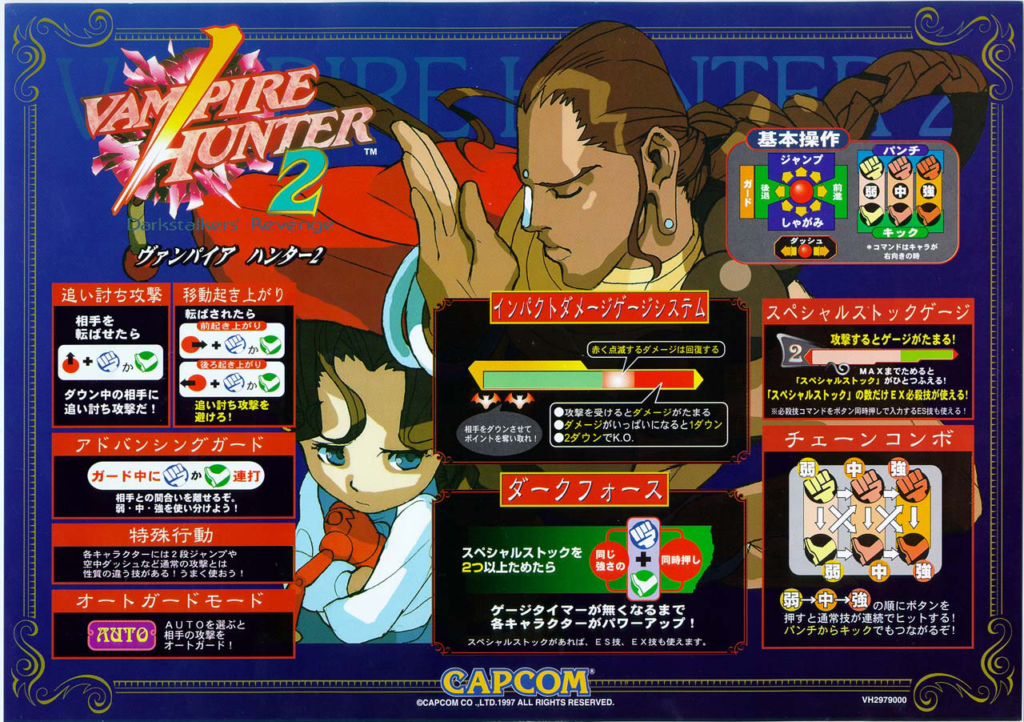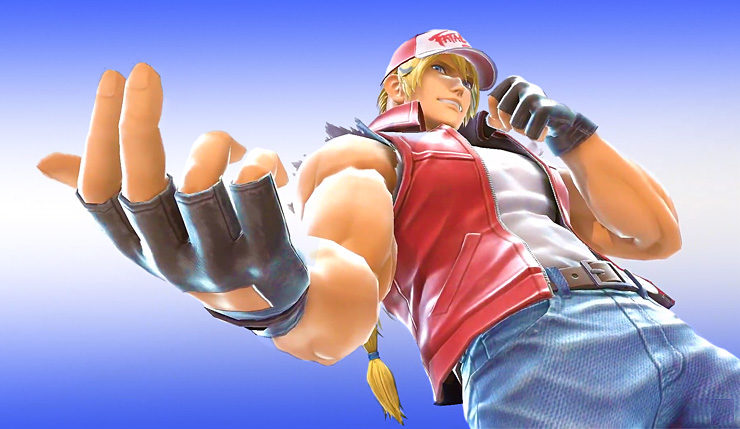
As someone who has played fighting games for as long as I have, sometimes I take certain aspects of the game for granted. As of late, it would seem that one thing I’ve never considered or thought about was game inputs and how they relate to a character’s balance or a game’s difficulty. I’ve never quite thought of them as intertwined, but even a little surface level look will show that it isn’t quite true. There are some examples that exist that inputs help balance out characters, and that makes sense. I mean, can we live in a world where Guile can walk forward and Sonic Boom all day? Or Flash Kick as a DP motion? That isn’t a world I want to be a part of.
However, is that a sign of the inputs balancing the character? Or a matter of design? Let’s take Vega. In Street Fighter 4, he was a charge character and on the whole, a pretty solid one. He wasn’t the most top tier, but he was a good pick. I played a fair bit of him, and I can say that he was one of my top 5 characters in the game once I learned and understood him. Now in Street Fighter V? I can’t really get with his design. He went from charge to motions and people thought that would make him godlike. We can now see that fear was wholly unfounded. Most agree that Vega is bottom 10, if not bottom 5. Granted, he doesn’t have the exact same moveset he had before, but that was a matter of design. People were so taken aback by his change from charge to motion, that the idea of design was seemingly overlooked.
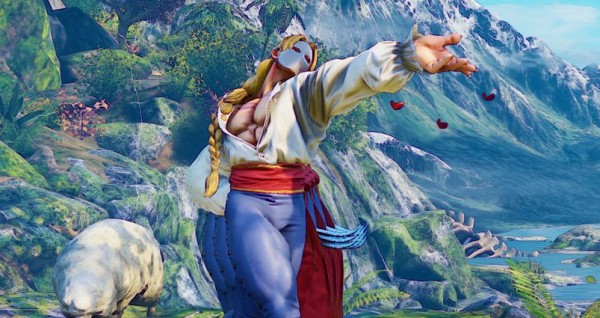
Keeping with Street Fighter V as an example, Ed. Ed would be the first character in the series to have a simple imputs. To execute his moves, you just hit two buttons together. In this case, one could assume he would be good because of his ease of use. Or so we thought. Ed isn’t exactly beginner friendly because he has some issues and inconsistencies that make him just okay. Or bad, depending on who you ask.
What I’m getting at is that inputs don’t really balance anything. Now can they be a barrier to being able to play the game? Yes. But as far as the game itself? Not really. Consider this. Guile, right? I said earlier that it’s accepted that he is a charge character because he would be busted if he had motions. That’s due to Sonic Boom being fast and (usually) safe and Flash Kick being such a good anti air. Now, if you wanted to make him a motion character so as not to make it busted? Make Sonic Boom slower or more punishable, in line with other fireball characters, and make Flash Kick in line with other DPs. It wouldn’t be that hard. Of course, it would mess with the design of Guile and the idea behind him being a pure zoner to some degree, but it wouldn’t be impossible to do.
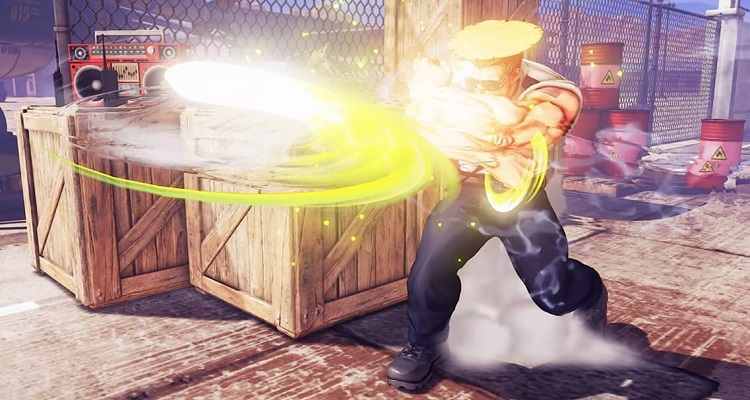
So then what is the importance of motions? Difficulty. It’s the only answer I can really think of that makes sense. Let’s take the 3DS version of Street Fighter 4. Quite possibly the absolute most busted thing ever made. If you think what I’m saying is crazy, go play that and see what it’s like to touch a screen and instantly get Sonic Booms or instant Super/Ultra. Will you win every game? No. Will you win a lot of them? Absolutely. Combos that take precise execution are exciting and motions definitely play a part. To this day, I still cannot do the motion required to do Guile’s Ultra 1 or Super. I don’t know what black magic I have to do in order to do it, but it’s a barrier for me. So, I use motions. Others are the polar opposite and can do any charge motion while they brush their teeth, but quarter circles and half circles? Nah. No thank you.
But, inputs aren’t exactly necessary to give a game depth and difficulty. It may even be the worse way to. Inputs are fine, but as fighting games become bigger, they want ways to be accessible. Which is fine. But, I think that making the game easier to play rather than making the game easier is the best way to do that. Example? Power Rangers: Battle for the Grid. That game isn’t hard to control, but it can be VERY hard to play. These last couple of weeks, I have been engrossed in this game and all I really do is hope into training mode and do combos. Nothing really special. Just playing the game and practicing it. And despite it having no motions, the game is DEEP. Combos in that game are ridiculous (see: Quantum Ranger, Gold Ranger, Shadow Ranger) and difficult. But it encourages practice and is still fun. Play it if you haven’t.
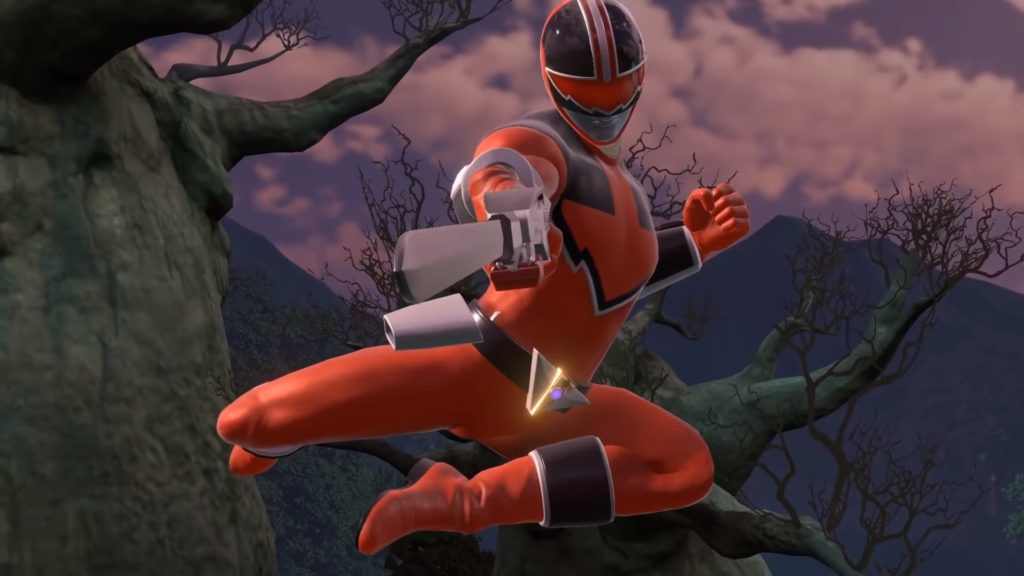
A more popular game that illustrates this? Super Smash Bros. Ultimate. Yes, inputs exist in the game, but the vast majority of characters don’t have them. It’s just B and a direction, some tilts, some aerials, and some smash attacks. But, that game can be difficult sometimes. When to dodge, how to use dodge to maneuver, when to use your jump, parrying, DI-ing, stale moves, teching, and more. Playing Smash well is hard. If you think it’s easy to play, then play a tournament player. On paper, it seems easy to people who play more traditional fighting games, but when you play against people who know what they’re doing? It’s a whole other experience out there, man.
So, the question at hand. Do inputs matter? Not really. Especially for balancing. No, I think that is mostly handled by design. Inputs…really are just there to make things a little harder. Really thinking about it, at least to me, it’s hard to say why we still use traditional inputs in fighting games. Perhaps because it’s just tradition. Perhaps in time, they’ll be done away with or changed, but for now, they’re here. Whether in arrow form or number pad, inputs will be here for the foreseeable future. Unless Street Fighter decided to make every character’s inputs like Ed, then who the hell knows? What do you think of the traditional inputs? Are they pointless? Do they just make fighting games what they are? Let us know in the comments, as always.
